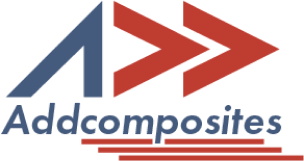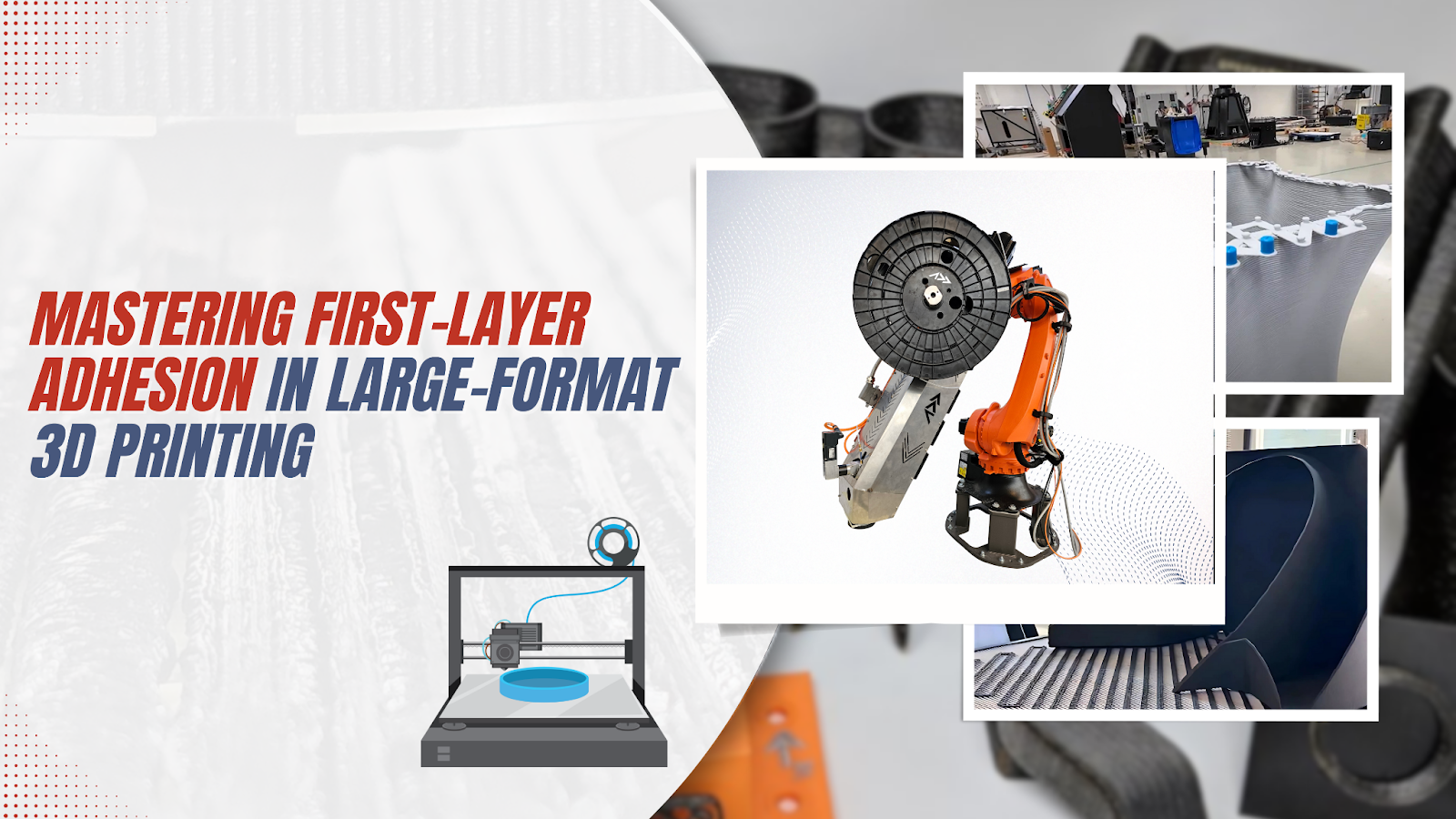


Key Points
- Research suggests that heating the build platform with a suitable surface coating is the most efficient method for first layer adhesion in large format additive manufacturing, ensuring reliable bonding.
- It seems likely that automated control systems optimizing first layer parameters enhance adhesion, offering a hands-off approach for users.
- The evidence leans toward using rafts or brims as a viable, though less efficient, method, especially for complex geometries, but it may increase material use.
- Manual adhesive application is likely the least efficient, given the scale of large format systems, and may not be practical for industrial use.

Achieving reliable first-layer adhesion is essential in large-format additive manufacturing (LFAM) to prevent warping, delamination, and print failures. This blog examines key adhesion methods, evaluating their efficiency, scalability, and industrial applicability. The heated build platform with a specialized surface coating is identified as the most effective solution, providing optimal adhesion through controlled temperature regulation. Automated control systems further enhance adhesion by dynamically adjusting first-layer parameters, ensuring consistency without manual intervention. The use of rafts or brims offers additional adhesion support but increases material consumption and post-processing efforts. Manual adhesive application, while occasionally used, is the least practical for LFAM due to its labor-intensive nature and inconsistent results. This analysis provides a comparative evaluation of these techniques, offering insights into their practical benefits and industry relevance.












